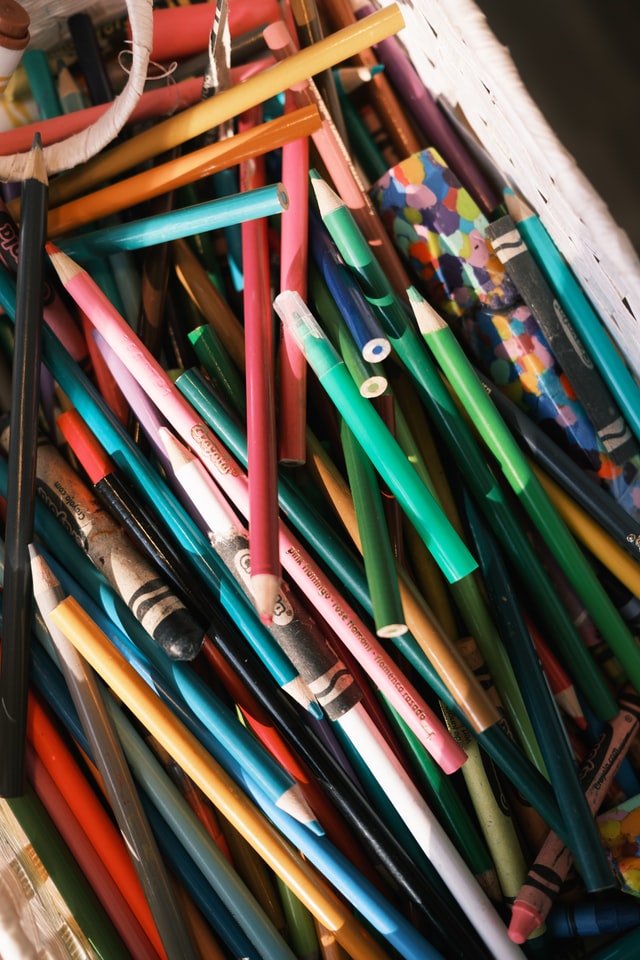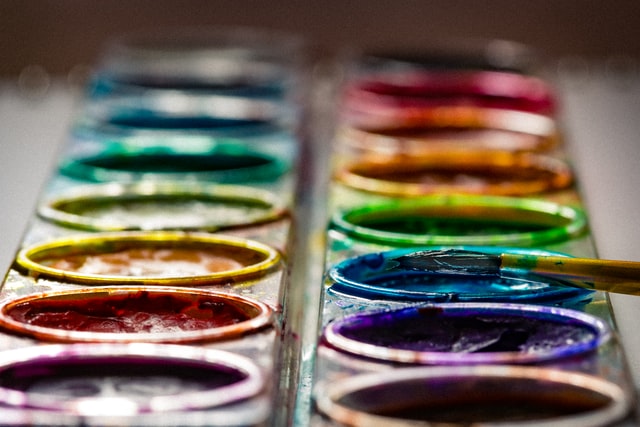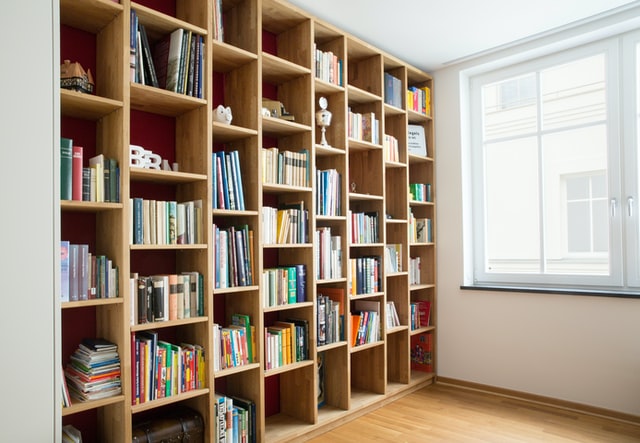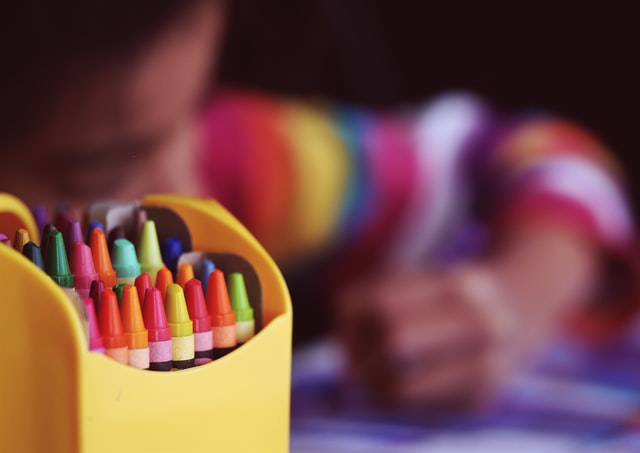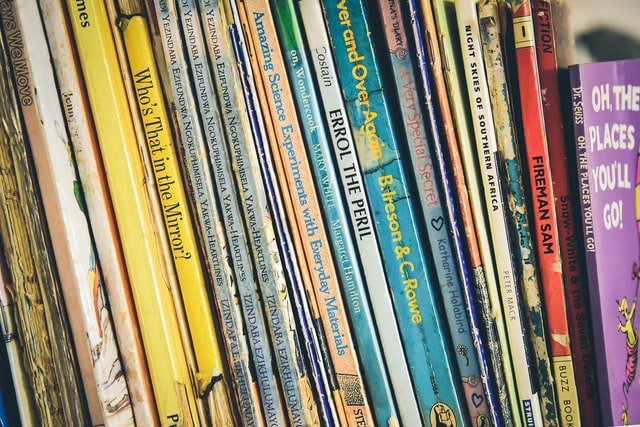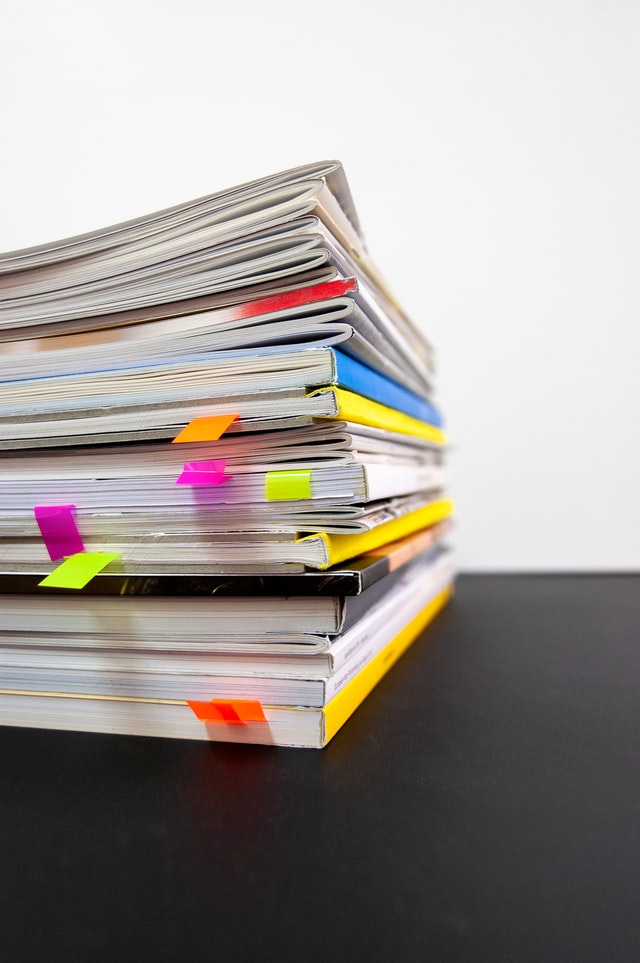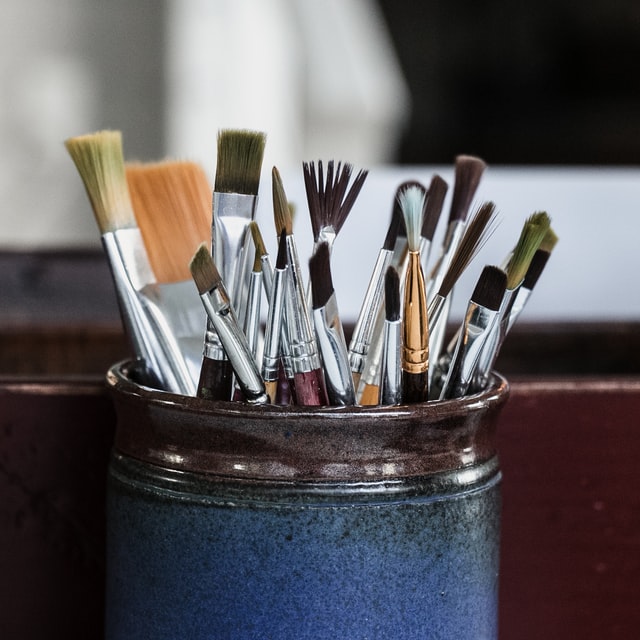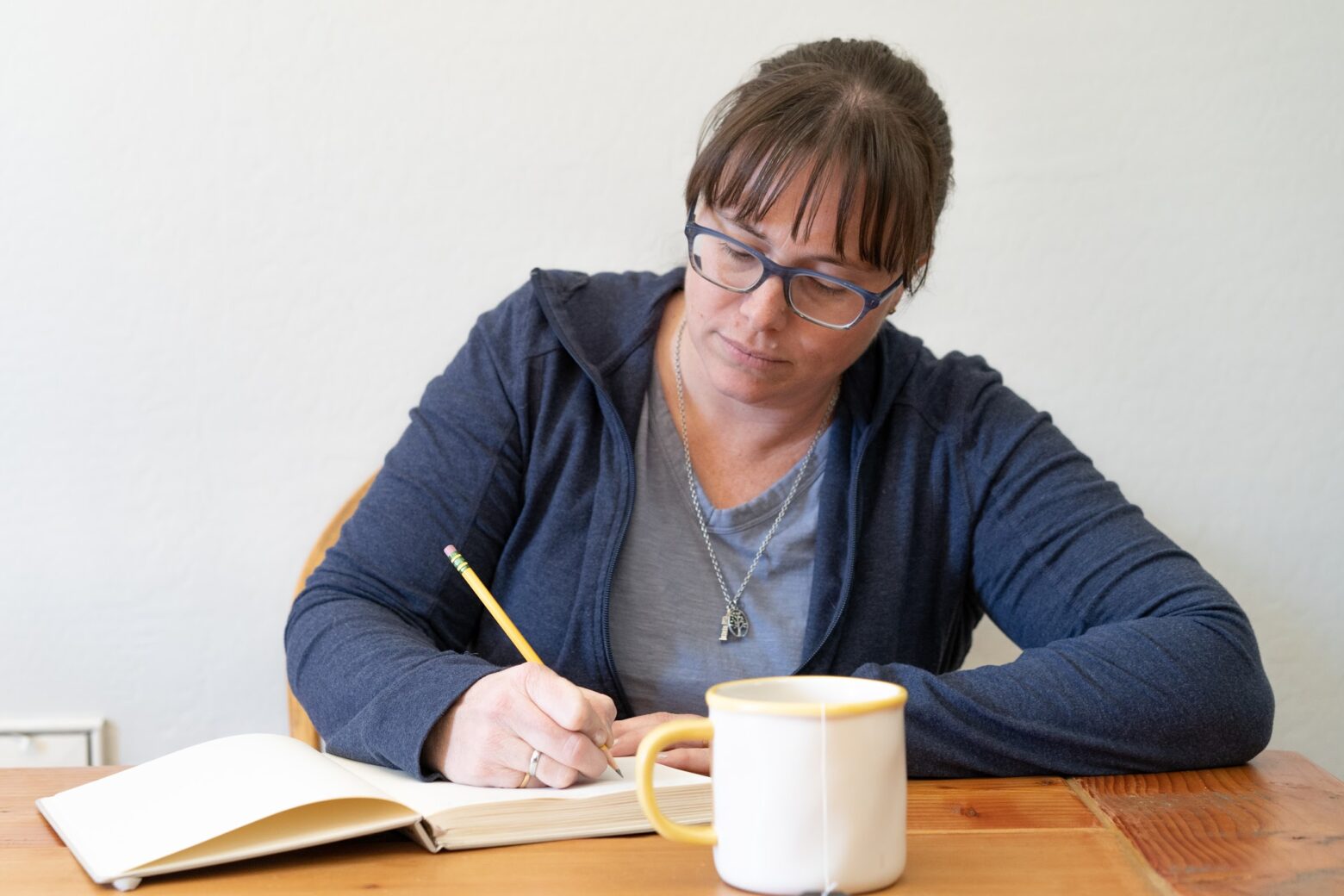This week I am organizing our schoolroom. I am cleaning out and making room for what the next year holds. As I declutter my homeschool space my thoughts begin to change. I begin the mental shift from Summer Break to Back to School.
- What does your home school space look like?
- Where is it in your home?
- Where do you keep all the things that get used during school lessons?
- Does that space bring you joy or discomfort? Why?
An important part of my back-to-school preparation is decluttering. I need to deal with all the mess of last year and get rid of what we will not use. I have to clean out the dried-up paint bottles, the broken crayons, the stashes of random paper, and the used handwriting books. It is a lot to manage.
Here is my process. I hope that it helps you in your prep for the new school year.
My 5 Step Homeschool Decluttering Process:
#1 – Deal with the trash and junk.
- What is broken or ruined?
- Ripped papers, old supplies, and broken pencils.
- What has been shoved somewhere that it does not belong?
I found crunchy playdough, dry glue sticks, random scrap papers, crusty markers, and old candy. Gross! I also found spots in the closet where we had shoved things that we did not know what to do with. That was fun…
#2 – What supplies/stuff do we no longer need this year? What have my kids outgrown?
Will I actually use this in the next 3 months? Take everything out of the storage space and evaluate.
See this article for more ideas: Why Decluttering Clears My Mind
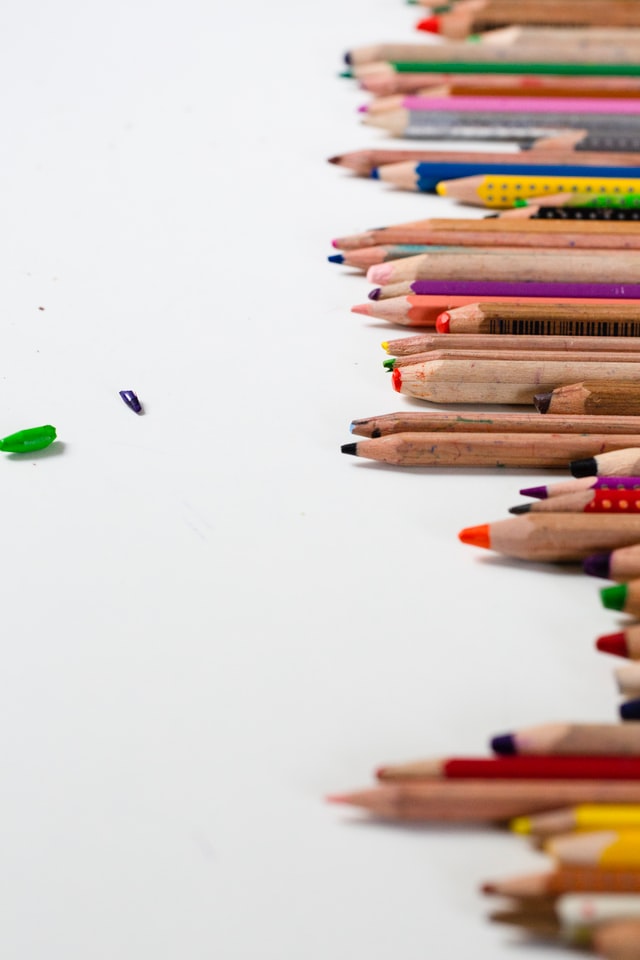
Ideas of categories to declutter:
- craft supplies
- books
- toys
- games
- office supplies
- curriculum – more about this below
- toddler toys / busy tubs
- manipulatives
- wall decor / learning posters
- large calendar pieces
- sticker books & coloring books
- science materials
- anything not used last year
#3 – What do you have that can take the place of something else?
- Do you have multiple sets of markers or colored pencils?
- How many books about ocean creatures will you need?
- Which sets of puzzles do your kids actually enjoy using?
- All of your supplies should be used regularly. If not clear them out for things that matter.
- Everything that you have in your school space needs a storage spot and a job to do.
- Know your reasons of why you are keeping something. “Just because” is not a valid reason.
Example: We no longer need tubs of Duplo-style Legos because my 6-year-old prefers real Lego sets. We also moved up to one nice set of skinny markers from a tub of crayons.
I have so much to keep track of that I do not want extra stuff in my way.
If we will not use it then we can bless another family with it. I would rather donate something than have it used 2-3 times and gather dust the rest of the year.
#4 – Does anything need to change about this space?
What needs to be reorganized? What can be more comfortable?
- Look over the way that the supplies, curriculum, and materials were stored.
- Did that work? What was often lost or hard to find?
- Does it need to different storage or different sized tubs?
- Where can I put another bookshelf?
- Should I add a rug or a side table with a lamp?
- Where will I keep my craft supplies for next year?
- Do I need to add another desk spot?
- Who wants more work space? How do we do lessons together?
- Where do you plan to read out loud? Can you make that spot more cozy or add some hygge to that space?
- Do I need to get rid of something big that takes up space in this room?
I am so happy we moved our electronic piano to another room. Now I am not tripping over it!
Every year I am moving furniture, reorganizing bookshelves, and redecorating the walls in our schoolroom. I want to refresh the space and get rid of what we are not using.
We all deserve to go into a clean and organized learning environment. And sometimes we need to bring some soft coziness to our school day, we are home after all.
#5 – Decluttering old curriculum and textbooks.
- Will I actually use this in the next year?
- Did my child enjoy this textbook? Did it work for us? Can I use this again for other children?
- Does it make sense to keep this for the future?
- How much money am I saving storing this item for later?
- Can I replace this book for less than $20?
- Could another family benefit from finding this at a used curriculum sale? – Donate it.
- Can I sell this online? – List it.
- How much space does this take? Do I need that space for something else?
I get it. Homeschooling is expensive. Our family spends several thousand dollars on curriculum, supplies, and classes each year. We make that work on one income in a two-income world.
It can be tempting to save old curriculum to save yourself money in the future. Sometimes that works out, other times it just takes up space. I urge you to be very honest with yourself about what you keep.

Reasons to ditch old curriculum (donate or sell):
- If you think you “should” teach something.
- You spent a lot of money on it but it doesn’t work for you or your kids.
- You were given these awesome boxes of books from someone but you don’t really need them.
- It’s been sitting on your shelf for more than a year.
- The younger kids have different learning styles than the older ones. (You will need different stuff anyway.)
- Something about that textbook or boxed set does not make sense for your homeschool plans. Get it out of the house. Don’t let it yell at you from the shelf.
What else should we think about?
Homeschooling has so many layers of things to think about. We have many responsibilities as teachers, moms, and homemakers. We need to set ourselves up for success. Here are some more ideas to consider.
3 Keys to Organizing Your Home School originally appeared on Simply Charlotte Mason.Sonya and Laura take a look at three key areas that need to be organized to keep your home school functioning smoothly.
While working on decluttering and organizing I listened to this podcast. It was insightful and very practical! Such great stuff! I highly recommend it.
I do not have it all figured out.
Before you think I have this resolved, I do not.
I still struggle with keeping our inventory low and not allowing the amount of stuff to keep creeping higher. I am doing my best to work against the avalanche of clutter.
Somedays a really good used book sale will entice me or I will see school supplies in the dollar spot at Target. Other days I am able to declutter and clear the messes with lots of energy.
It is a constant process. Every year I look at what we have, what we need to keep, and what we will use this year.
Getting into the school mindset.
I encourage you to be ruthless against the clutter and extras that creep in. I ask you to step up to the challenge and make your space somewhere you enjoy spending time.
Homeschooling has many challenges. This is one beautiful area where you have control.
You can make your space organized, decluttered, and functional to fit your needs for this year.
Whatever your year ahead of you holds, I hope that your school space brings you joy!
And maybe, as you gather your supplies, you will shift into back-to-school mode. Maybe, you will feel lighter and more capable to take on the many tasks ahead. You can do this!
Wishing you the best! – April
-
Join me on Substack!
Hey! Hello! 😁 I am so glad you have found my blog! This is my home place where I test out writing work, post weekly articles, and share updates on my books. I love having my own corner of the internet that I can call my own. Unfortunately because of bots and ugly internet trolls,……
-
When a Medical Emergency Disrupts Life: Tools for the In-Between
Simple ways I’ve found to stay steady — through gentle productivity and small, meaningful actions — even in the middle of medical chaos. . Recently I have been helping support a close family member who had serious surgery and a rough recovery. In this process I have been reminded of so many tools I have……
